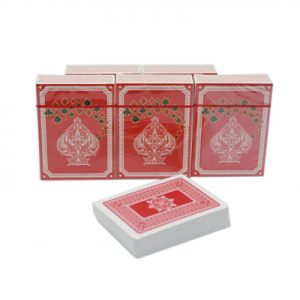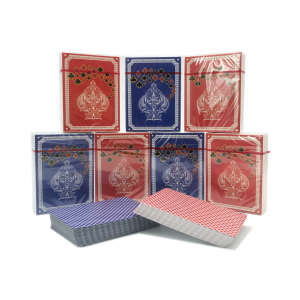The origin of playing cards is still uncertain, but it is generally believed to have evolved from French tarot cards.
The early playing cards were probably introduced to Europe from Egypt at the end of the 14th century.
In the 15th century, K was usually regarded as the largest card, and A was the smallest card. The current way of treating A as the largest and 2 as the smallest may have only started after the French Revolution in the late eighteenth century.
“Ghost Card” (JOKER) was an American invention and then passed back to Europe along with poker.
The earliest number of playing cards varies from place to place. There are 78 per pair in Italy, 32 per pair in Germany, 40 per pair in Spain and 52 per pair in France. In the future, it will become an international playing card with 52 cards each, plus two “Joker” (also known as kings or ghosts), for a total of 54 cards. So far, the suits, points, and k, q, and j patterns on playing cards have basically been finalized.


























